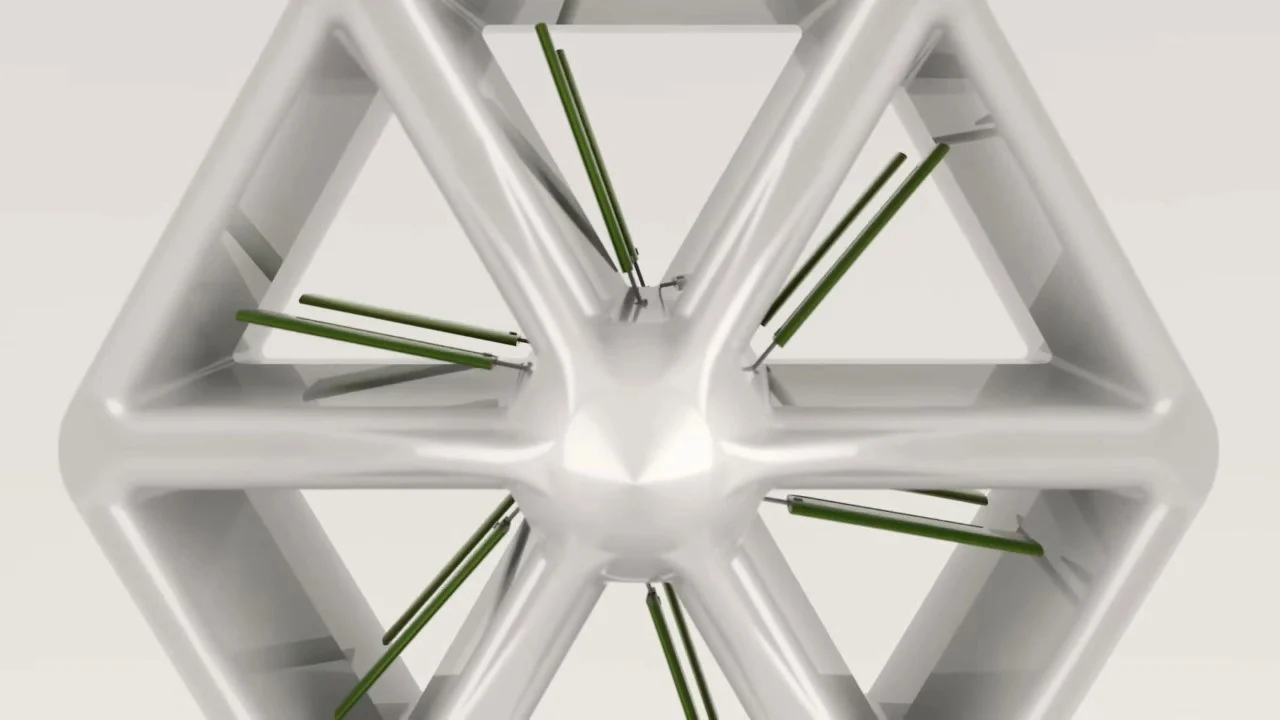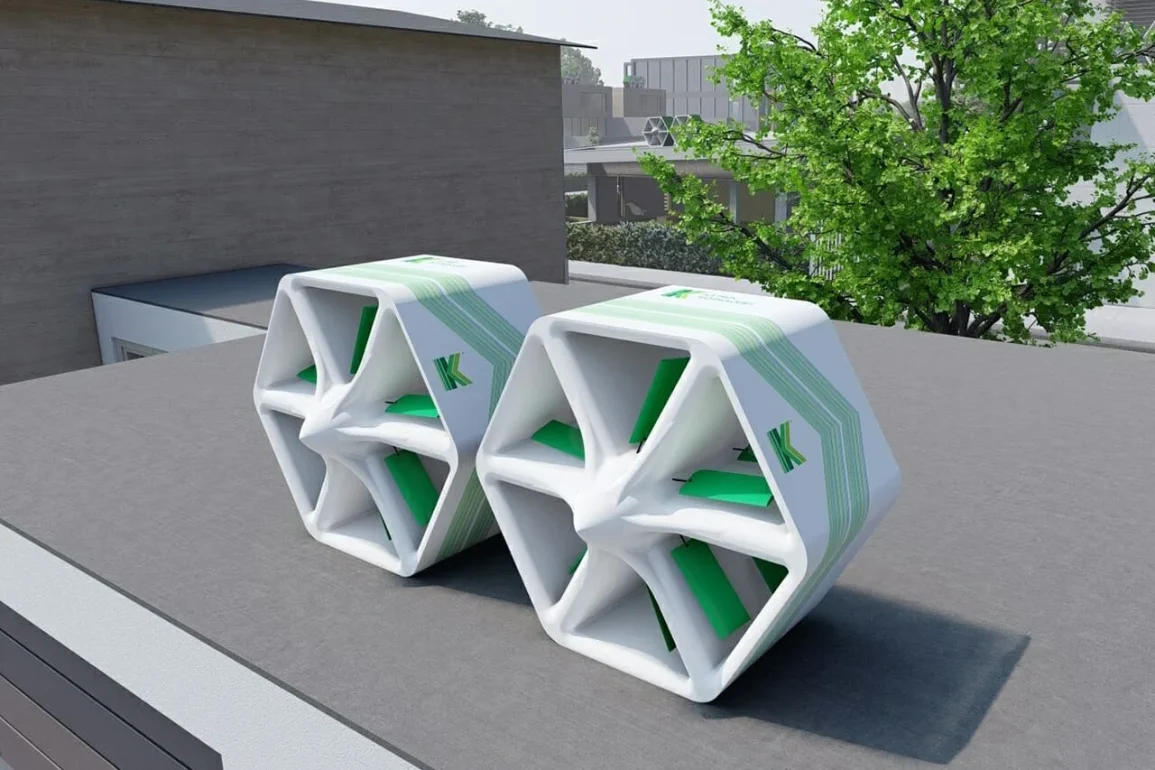Katrick Technologies, a Scottish renewable energy company, has introduced a groundbreaking innovation in wind power: a honeycomb-shaped turbine that does not rely on blades. Instead, the turbine uses aerofoils that oscillate with air movement to generate kinetic energy. This novel design aims to solve key challenges related to efficiency, placement, and cost that traditional wind turbines face, offering a potential leap forward in the field.
Traditional wind turbines, with their large blades, are limited in several ways. They require large open spaces and can only capture wind from specific directions. In contrast, the honeycomb turbine captures wind from multiple angles and is mounted on a moveable pedestal that allows it to be repositioned for maximum efficiency. A 10kW honeycomb unit can generate up to 22MWh annually, making it a highly efficient solution for wind energy generation.

One of the standout features of the honeycomb turbine is its durability. The design allows it to operate effectively in harsh weather conditions, and the modular structure means that individual sections can be replaced or repaired without needing to replace the entire unit. This makes the system easier to maintain and less disruptive than traditional turbines. Additionally, the honeycomb turbine has a smaller carbon footprint and poses less risk to wildlife, making it a more environmentally friendly option.
The honeycomb turbine is also more affordable than conventional turbines. Its lower manufacturing and installation costs make renewable energy more accessible, particularly for communities with limited resources. The ability to generate the same amount of energy as traditional turbines, but at a lower cost, makes it an appealing option for a wider range of users, from private homes to small communities.
With early-stage installations already planned in countries like Spain, Denmark, and Japan, the honeycomb turbine is gaining global attention. As the technology continues to be refined through these installations, its potential to transform wind energy production becomes clearer. This innovation could play a key role in the future of renewable energy, offering a more efficient, cost-effective, and environmentally friendly alternative to current wind power systems.

